The time students spend in literacy centers is important, right?
We want them to be on-task, practicing skills. We want them to be following directions and working well together. We want them to learn and grow as readers and writers.
And we spend a LOT of time trying to get them to do all of this independently!
So it makes sense for us to assess their work during centers. But how do we make assessment manageable?
While students are in literacy centers, we’re typically occupied with a guided reading group. We’re probably trying to write anecdotal notes or fill out checklists about the kids in the group! How are we going to ALSO assess the students who are working independently?
Personally, I’ve really struggled with this. I’m still not a pro at it. But in this post, I’ll share strategies that have helped me improve how I assess students’ independent work during literacy centers!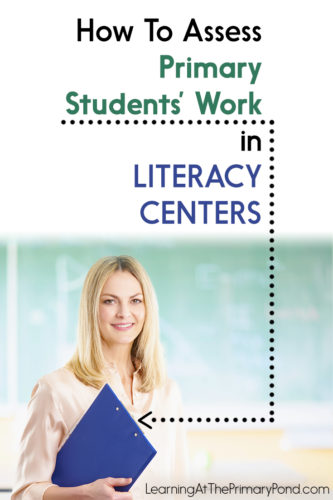
Photo Credits: Kinga, Shutterstock
What should we assess in the first place?
When I think about students’ work in centers, I consider two components:
- Behavior
- The actual work that they do
I use “behavior” to encompass all things related to how well students work independently. Because part of teaching kids how to work in centers is teaching them to become independent learners.
So even if a child is sitting quietly and not bothering others, if he’s not doing the actual centers activity, then I consider this to be an issue of behavior. (Assuming that there are no mitigating circumstances like that the task is too difficult.)
I also consider the actual work that they’re doing. Are they applying strategies taught in whole and small group? Are they finishing written pieces at an acceptable pace? Are they correctly reading the words that they make with magnetic letters?
Should we take formal grades on students’ centers work?
I do, but only very occasionally.
Here’s why:
The primary purpose of centers is to give kids practice with the skills and strategies we teach throughout our literacy block.
When we have them practice, we aren’t expecting perfection. We’re just aiming for a good, solid effort.
That doesn’t mean that we can’t assess our students to see how they are doing! We can use informal assessment data to:
- Improve the activities we plan for centers
- Improve our own instructions and centers-related mini-lessons
- Provide individual supports to students, as needed
- Regroup students when necessary
It’s valuable to have information about how the kids are doing, but we don’t have to use that information to provide a formal grade or score.
However, as I said, I do take a grade once in a while. It’s typically on a reading response task or something that I’ve asked all of the students to complete during independent work time.
How can we assess written products?
When students produce a written product as part of a center activity, I have them place it in the “finished” side of their independent work folders (read more about that in this post).
Once a week, I review students’ folders. I don’t write much on their papers—maybe I draw a smiley face, or respond to something they’ve written very quickly, circle something that’s incomplete, or write a suggestion for next time. I’m just quickly reviewing the work and letting them know that I’ve seen it, so feedback is informal and very quick.
As I review students’ independent work, I fill out part of a rubric or checklist that pertains to their independent work.
To get that checklist for free, click HERE!
Reviewing students’ folders and making notes on a rubric or checklist helps me get a sense of the quality of their written products over time.
Then, if I have to add some sort of related grade in the grade book or for report cards, I can use that information to do so.
How do we assess centers work that has no written component?
I believe that not all centers work SHOULD have a written component.
I want my students to have opportunities to read and not have to answer questions. I want them to practice making words without always having to copy them down.
To some degree, we have to trust our students to do the work. Otherwise, we’re just tasking them with meaningless busywork.
Technology can be a big help when it comes to holding students accountable for work that has no written component. As I described in this post, I love using the Seesaw app for this purpose!
You can have your students use the Seesaw app to build digital portfolios of their work. They can take photos of words that they make, record videos of themselves reading or retelling a story, and so on. You can review their portfolios at your convenience!
Even if you don’t use the Seesaw app, there are other ways that you can use technology for accountability.
Have students use a tablet, laptop, or desktop to record themselves reading. Or they can record a puppet show that they create. Students can then put the files in Google Drive or a Dropbox folder. Or they can simply leave it on the devices for you to review later on.
WHEN should we assess students?
This is the million dollar question, right?!
When we’re assessing written products, we can just set aside some time each week to do so.
But the written products DON’T tell the whole story.
For example, maybe one student produces fabulous written products. But they take him three minutes to complete, and the rest of the time, he’s goofing off. He’s bothering other students. He’s not productive.
On the other hand, maybe a student struggles with writing. But she’s working the WHOLE time. When she finishes work, it’s thoughtful and complete—but she produces fewer pieces of work than other students.
So we have to find time to also evaluate students’ independent work behaviors, while somehow still giving our full attention to guided reading groups!
Multitasking is a myth; studies have shown that very, very few people can do it well. I am DEFINITELY not in that select group!
Most of us can probably maintain an awareness of what’s going on in the classroom while we teach a small group. But that’s just a general awareness. It’s not a real means of assessing students’ independent work behaviors.
So what I like to do is choose two students per day to observe as they work during centers. I get up twice during guided reading groups, for about one minute each time.
When I get up, I take with me a rubric or checklist like the ones I linked to above. I mark down what I see the student doing. Sometimes I try to observe from afar, so the child can’t tell that I’m watching him. Other times, I get closer to find out what that child is really doing.
I know that guided reading time can get really crazy. Sometimes I completely forget to do my two minute observations. But when I do take the time to do them, they provide me with really valuable information!
How can we communicate our assessment results with students?
This is another instance of, “Oh man, where do we find the time?!” But students need feedback on how they’re doing in order to improve.
Some of this feedback can happen during sharing time. I like to end literacy centers with 5-10 minutes of reflection and student talk. During this time, I also share feedback about what I noticed students doing or not doing—without mentioning names.
You might also have students fill out a self-reflection sheet from time-to-time. Here’s an example of one (it’s included in that same free download, which you can get HERE – if you haven’t already):
However, sometimes more individual attention is needed. If I notice a student doing something that is undesirable (but not dangerous) during centers, I typically ignore it so that I can continue teaching small groups.
But then, between centers, or afterward, I will pull the student aside during clean-up time. I share what I noticed, state the desired behavior, and ask if I can do anything to help the student be more successful next time.
Sometimes, I pull students aside to give a compliment (although compliments in front of the whole group are my favorite).
I also share information about students’ overall performance in centers on report cards and during conferences.
Conclusions
How do you assess your students’ work during centers? Please leave a comment to share your ideas—we all love to learn from each other!
And did you download the free assessments shown in this post? If not, click HERE to do so!
Happy teaching!

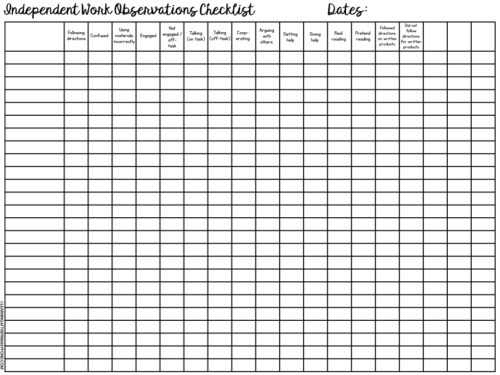
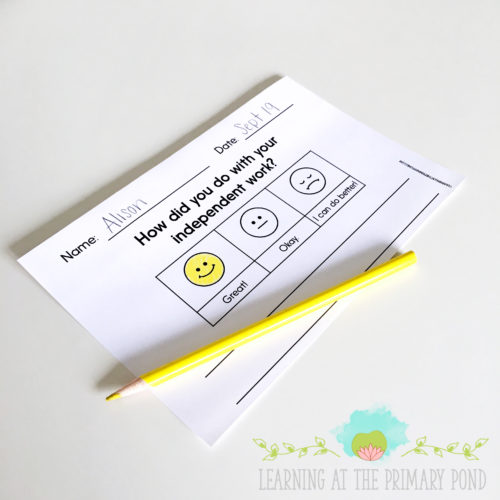
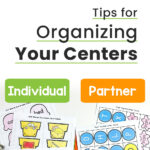
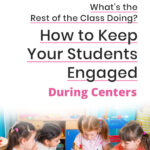
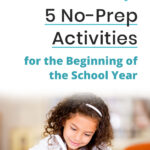
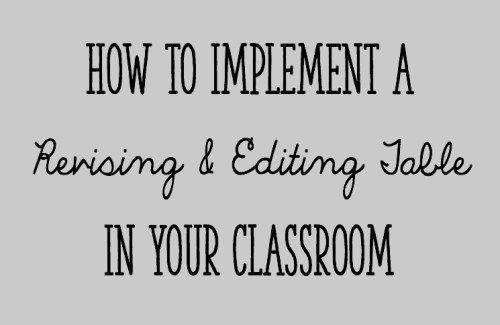
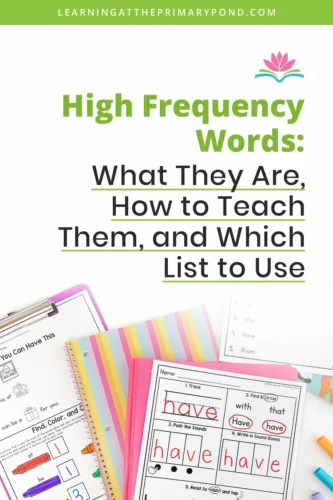







HI I would love this resource but the link isn’t working. Is anyone else able to open the link and download the checklist?
Hey Alicia! So sorry about that! Try this link: https://www.learningattheprimarypondresources.com/free-literacy-centers-toolkit